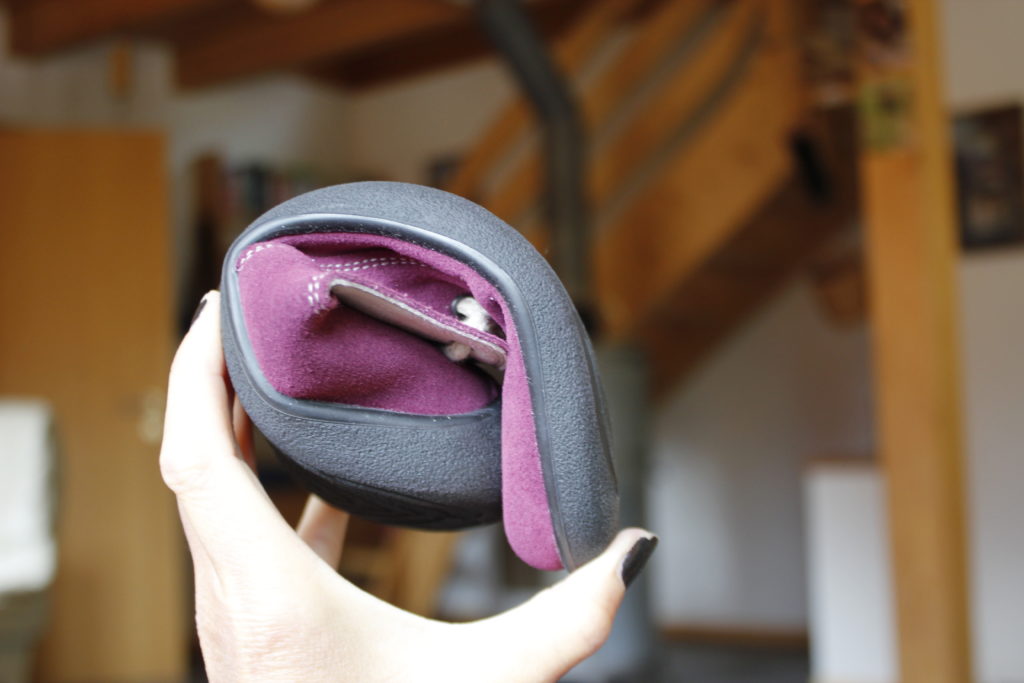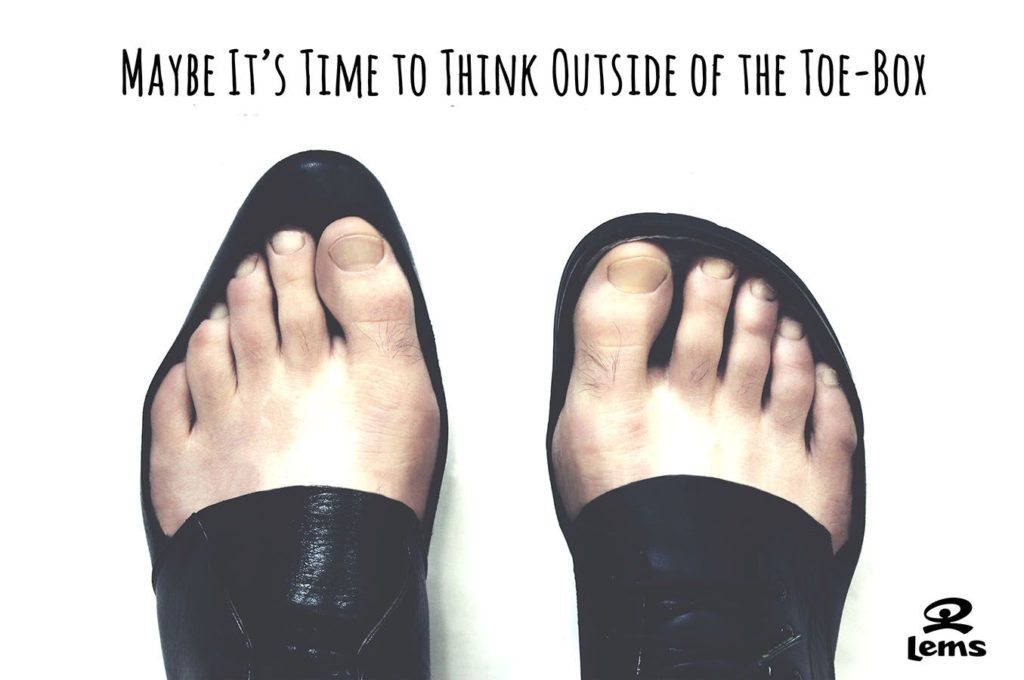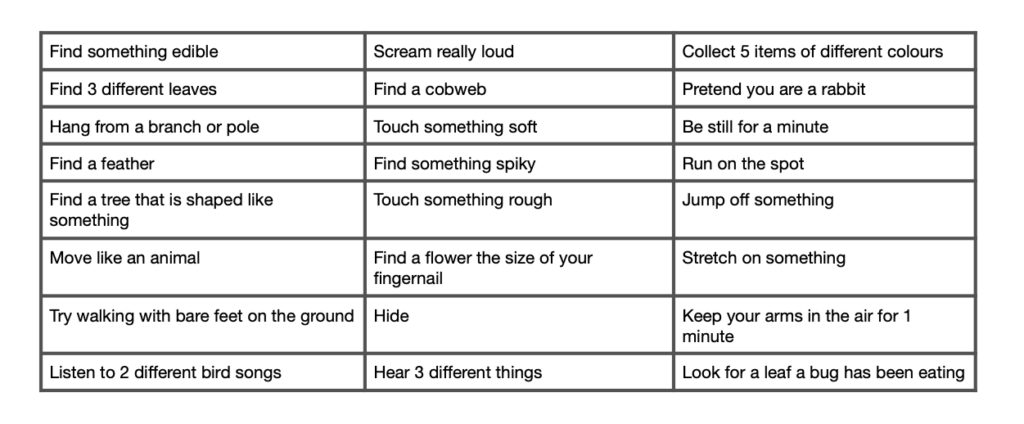Walking is incredibly important to children’s physiological development. We are biologically designed to walk, and kids need plenty of practice at it to do it well. By doing it well, I mean developing their natural (and correct) gait pattern. Rain, hail or shine, I make efforts to get my kids out for a walk every day, (this is aside from outside playtime, play parks, etc). However, I think I can vouch for all parents when they say their child isn’t that excited to go for a ‘walk’.
Family walks used to be a bit of a nightmare for us. I would get my groove on, pack the snacks, put on the layers and look forward to a nice relaxing loooooong forest walk.
It would go something like this:
We arrive at the forest. Kids won’t get out of the car. Caroline and Joel get annoyed because kids won’t get out of the car. “What’s wrong with MY kids,” I say. “Kids are supposed to LOVE NATURE right?”
Finally, kids are coaxed out with promises of snacks along the way… Leading them along like dogs being teased for treats. It is all going OK until after 10 minutes, Chloe refuses point-blank to go an inch further. And the crying starts. I lose the will to live. We turn around. We go home. End of the family walk.
Now I know better.
These are things I picked up from my training and also from trial and error with my guys. Perhaps some of these tips will be useful for you!
- Endurance issues: children deal with endurance and fatigue issues just the same as adults. If they don’t build up their walking endurance, they will, of course, have meltdowns. They are not putting it on, they are probably tired when they say they are (or possibly have Paw Patrol on their mind!).
- Training: start with what the child is able for. See it as training and bring them out every day. Time how long they can comfortably manage and increase the walk by 10% each week.
- Your own mindset: if you are trying to get your child to undertake a long walk for their well-being, but you would actually rather be scrolling on Facebook, that will translate across. Get into a different mindset. Kids learn by modeling. If you need to pop down to the local store for milk, start seeing it as an opportunity for 20 minutes extra movement for you and your child in your day. (Yes, it’s quicker to hop in the car, but just be aware what values are being passed on here.) If your child’s school is a 10 minutes walk, then start walking there together, even if you only do it twice a week. Let them see that movement is a normal and natural part of your day and they will follow your lead.
- Have a goal in mind for the child, for example… Let’s go to the park and feed the fish, let’s go count how many snails are down by Peter’s wall, etc.
- Change things up. Kids can get bored with their walking routes the same as adults can. Take a different path to the play-park, take a detour, play hide and seek behind trees along the way, search for bugs, get creative.
- Cover the bases: sleep and food… Don’t head out for a walk right before lunchtime for example.
- Remember your community! Try to get other families out with you. We started inviting other families to the forest on Saturdays, as a form of life ‘stacking’. Katy Bowman, my teacher introduced me to this concept… Why not exercise whilst spending time with your family, or whilst chatting to a friend, whilst having bonding time with your kids, whilst eating, whilst getting fresh air!
- Don’t tell them you are going for a ‘walk’. Tell them you are going to see something, check something out. Because we have done quite long walks since starting our trip, Chloe has developed an aversion to ‘walks’… So now we simply don’t use the word ‘walk’ and there isn’t a problem.
- Remember ground texture. Walking on flat, level paths all the time fails to provide some of the “movement nutrients” our feet, ankles, calves, knees, and other body parts need to be strong and mobile. If you don’t live in the countryside with bumpy rocky paths, or near a beach, you can get creative here. Collect some stones from outside and create a little area that the kids can walk on every day. Explain to them that it’s good for their feet to ‘squish’ and move in different directions to strengthen up all the little bones and muscles. I have some wood cut to random lengths, yoga blocks, pillows, blankets, stones, balls, and other assorted things that my kids play on and sit on. Look around you outside for “vitamin texture”. Make it a game… “Let’s find bumpy ground to step on!!!”
- Get barefoot shoes on your kids! I cannot stress this enough. Your child may be wearing high heels and you are not even aware of this. Also, weight is a problem when it comes to regular shoes and even though, to you they may feel OK, a child weighs less than an adult so shoes should also weigh less than that of an adult. I’m amazed at how heavy some conventional kids’ shoes are. No wonder kids don’t want to walk anywhere!!! Remember… The higher the heel, the more forward the body is projected, and the shorter the foot, the more forward the body is projected. ( Also, the taller the body, the more forward the body is projected, which is not so relevant in a discussion about kids). See this video that explains this concept visually.


Make sure the shoes have the following:
- A wide toe box. Why? Being smashed into “cast-like” narrow toe boxes weakens kids’ feet. A wide toe box aids balance and coordinated movement.
- A flexible sole. Why? Kids’ feet have as many neuro-transmitters in their feet as in their hands. So the more kids’ feet can feel, the more messages go dashing to developing brains!
- Fully connected to their feet with no gripping. Why? Gripping footwear such as flip flops curls some toe bones up and some down.
I intend to do a comprehensive list of kids’ barefoot brands (as well as adults of course). But for now, check out the UK website Happy Little Soles for a great selection to get you started.
I hope this was helpful guys! See you next week!
P.S. Here’s a nice idea we came up with to create some interest and wonder, feel free to print out and bring with you on walks.



[…] Want to know how I Get My Kids to Walk Long Distances… or Walk at all? Click here. […]